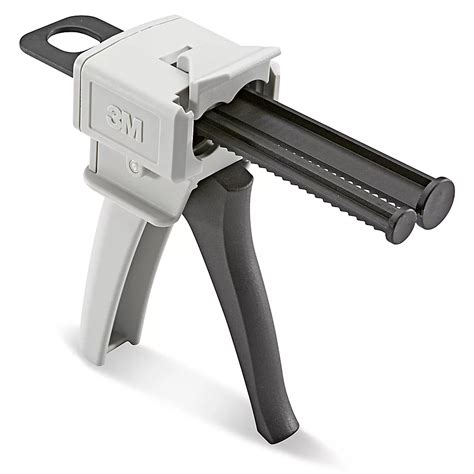When it comes to choosing the right adhesive applicator for your specific needs, there are several factors to consider. With so many options available on the market, it can be overwhelming to make an informed decision. In this article, we will explore five key considerations to help you select the most suitable adhesive applicator for your project.
The Importance of Adhesive Applicators
Adhesive applicators are a crucial component in various industries, including manufacturing, construction, and crafting. They play a vital role in applying adhesives, such as glue, epoxy, or hot melt, to surfaces with precision and accuracy. The right adhesive applicator can significantly impact the quality of the finished product, reducing waste, and increasing efficiency.
1. Application Requirements
Before selecting an adhesive applicator, it's essential to consider the specific application requirements. Think about the type of adhesive you will be using, the surface material, and the desired bond strength. Different adhesives have unique properties, such as viscosity, temperature sensitivity, and curing time, which affect the applicator's performance.

For example, if you're working with a high-viscosity adhesive, you'll need an applicator with a robust pumping system to handle the thick consistency. On the other hand, if you're applying a low-viscosity adhesive, a more precise applicator with a smaller nozzle may be necessary.
2. Applicator Type
There are various types of adhesive applicators available, each with its strengths and weaknesses. Some common types include:
- Manual applicators: These are simple, hand-held devices that rely on manual pressure to dispense the adhesive.
- Pneumatic applicators: These use compressed air to dispense the adhesive, providing more consistent and controlled output.
- Electric applicators: These use electric motors to pump the adhesive, offering high precision and speed.

Consider the level of precision, speed, and control required for your application, as well as the budget and maintenance costs associated with each type of applicator.
3. Nozzle and Tip Options
The nozzle and tip of the adhesive applicator play a crucial role in determining the accuracy and quality of the application. Different nozzles and tips are designed for specific adhesives and surface materials.
- Nozzle size: The nozzle size affects the amount of adhesive dispensed and the precision of the application. A smaller nozzle is ideal for small, intricate applications, while a larger nozzle is better suited for larger surfaces.
- Tip material: The tip material can affect the flow rate and consistency of the adhesive. For example, a stainless steel tip is ideal for high-temperature applications, while a plastic tip is better suited for low-temperature applications.

Consider the specific requirements of your application and choose an applicator with interchangeable nozzles and tips to ensure flexibility and versatility.
4. Ease of Use and Maintenance
The ease of use and maintenance of the adhesive applicator are essential factors to consider. A user-friendly applicator can reduce operator fatigue and improve productivity, while easy maintenance can minimize downtime and extend the lifespan of the applicator.
- Ergonomic design: Look for an applicator with an ergonomic design that fits comfortably in the hand, reducing fatigue and improving control.
- Easy cleaning: Choose an applicator with easy-to-clean components, such as removable nozzles and tips, to minimize maintenance time.

Consider the level of operator training and experience, as well as the maintenance resources available, when selecting an adhesive applicator.
5. Cost and Return on Investment
Finally, consider the cost and return on investment (ROI) of the adhesive applicator. While the initial cost of the applicator may seem significant, it's essential to consider the long-term benefits, such as increased productivity, reduced waste, and improved quality.
- Initial cost: Calculate the initial cost of the applicator, including any additional components or accessories.
- Operating costs: Consider the ongoing operating costs, such as maintenance, repair, and replacement parts.
- ROI: Calculate the expected ROI of the applicator, based on increased productivity, reduced waste, and improved quality.

By considering these five factors, you can make an informed decision when selecting the right adhesive applicator for your specific needs.
Gallery of Adhesive Applicators






FAQs
What is the difference between a manual and pneumatic adhesive applicator?
+A manual adhesive applicator relies on manual pressure to dispense the adhesive, while a pneumatic applicator uses compressed air to dispense the adhesive.
How do I choose the right nozzle size for my adhesive applicator?
+Choose a nozzle size that is compatible with the viscosity of your adhesive and the surface material you are applying it to.
What is the importance of maintenance in adhesive applicators?
+Regular maintenance is essential to ensure the longevity and performance of the adhesive applicator, as well as to prevent contamination and waste.
We hope this article has provided valuable insights into the world of adhesive applicators. By considering the five key factors outlined above, you can make an informed decision when selecting the right adhesive applicator for your specific needs. Remember to also check out our gallery of adhesive applicators and FAQs for more information.
